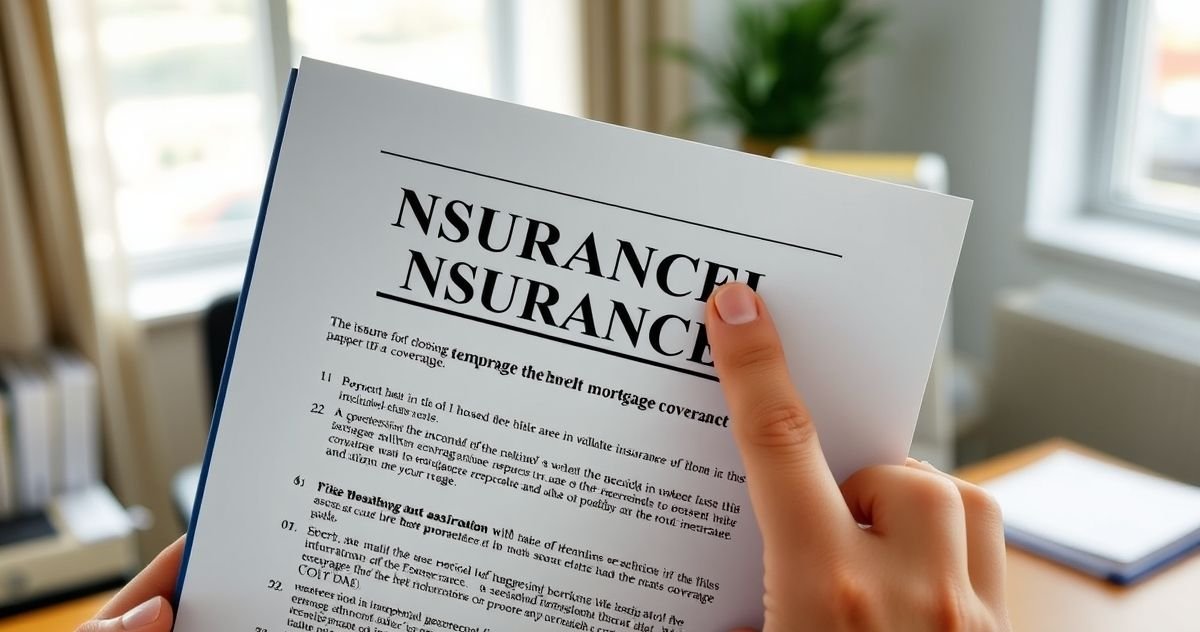When closing on a mortgage, an insurance binder serves as temporary proof that your new home is insured. This document is typically issued by your insurance company immediately after you select a homeowners insurance policy but before the full policy paperwork is finalized and delivered.
Mortgage lenders require an insurance binder to protect their financial interest since the home acts as collateral for the loan. Should damage occur between closing and issuance of the actual policy, the binder guarantees coverage is in place.
The process generally involves these steps:
- Shopping and selecting a homeowners insurance policy.
- Requesting a binder from the insurer as evidence coverage has started.
- Submitting the binder to your mortgage lender for approval.
- Closing your mortgage once the binder meets lender requirements.
- Receiving your official insurance policy documents after closing.
An insurance binder typically includes the insured party’s name, insurer’s contact, the property address, coverage limits, effective dates, and a mortgagee clause specifying the lender as an interested party. This clause ensures that in case of damage, insurance payout protects the lender’s loan balance.
It’s important to distinguish an insurance binder from the insurance declaration page. While the binder is temporary, usually valid for 30 to 90 days, the declarations page is the comprehensive summary of your full insurance policy and coverage details sent after closing.
For homebuyers, starting insurance shopping early can prevent delays at closing. Carefully review the binder to confirm all details are accurate since errors like misspelled names or incorrect addresses can cause lender rejection.
The first year’s homeowners insurance premium is usually paid at closing and included in your closing costs. Afterward, your lender often manages insurance payments via an escrow account combined with your monthly mortgage.
For further details on mortgage closing steps and insurance requirements, see our articles on Mortgage Closing Costs and Hazard Insurance Declaration Page.
FAQs:
-
How long is an insurance binder valid? Typically 30 to 60 days, providing coverage while the insurer prepares the full policy.
-
Does the binder cost extra? Usually no. The binder accompanies your insurance purchase, but you must pay the full premium at closing.
-
Can my lender reject it? Yes, if coverage or information does not meet lender standards, such as minimum coverage amounts or incorrect names.
According to Forbes Advisor, the insurance binder is a critical interim safeguard ensuring your mortgage lender’s investment is protected from day one of home ownership.

